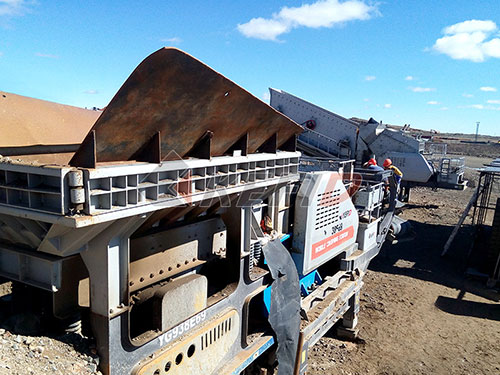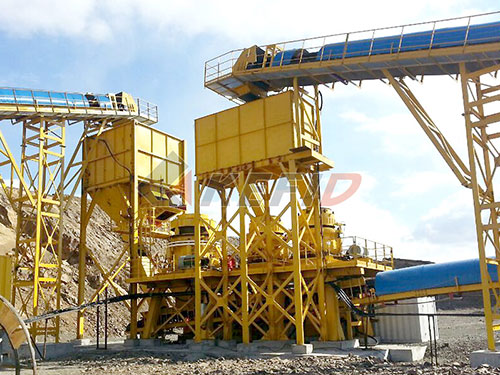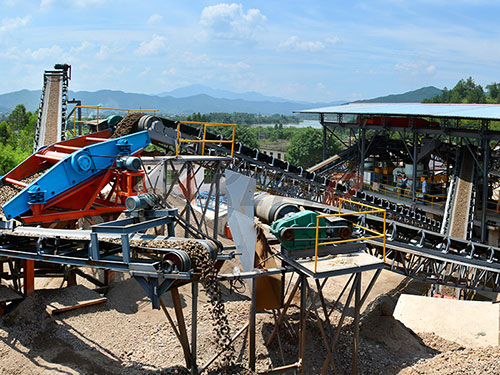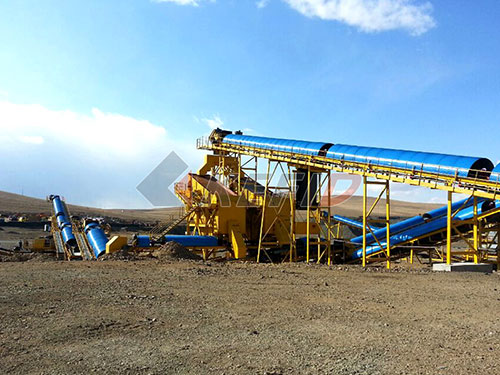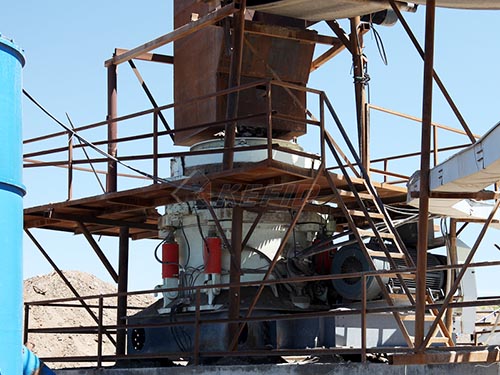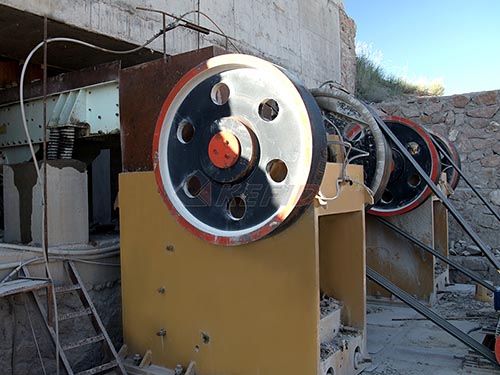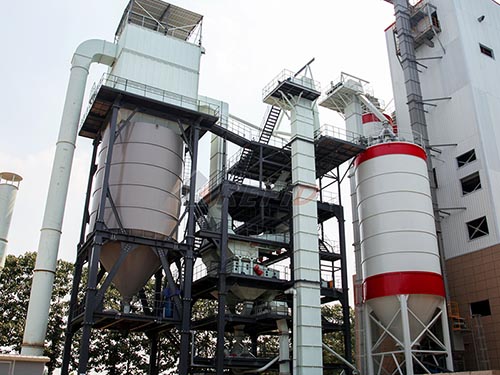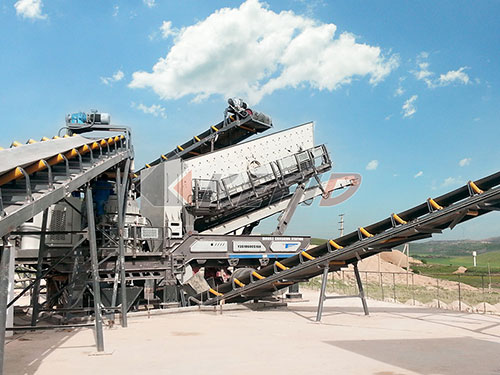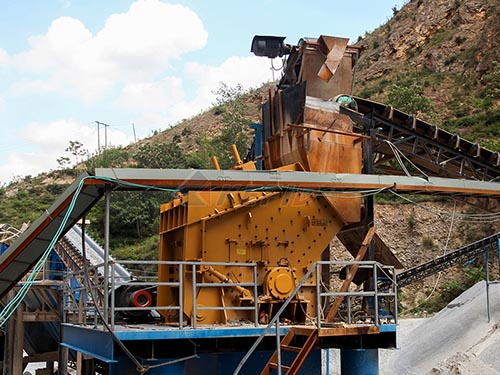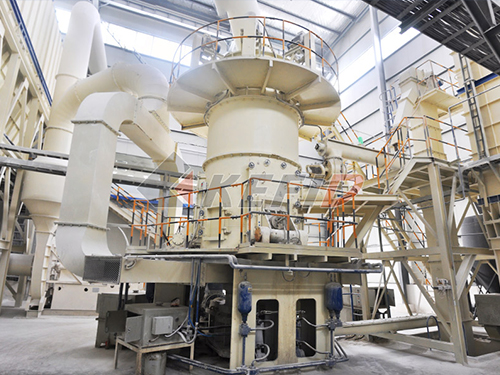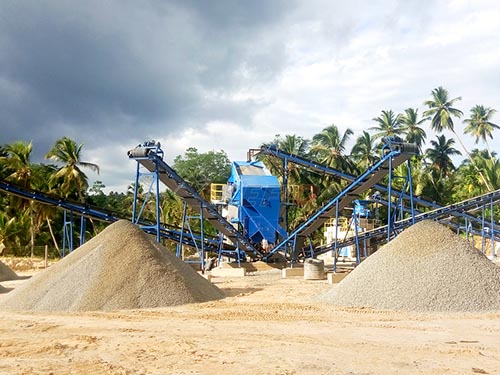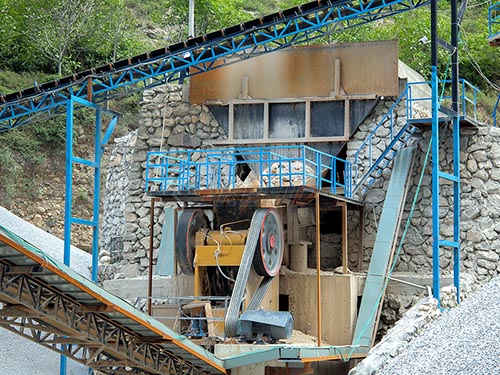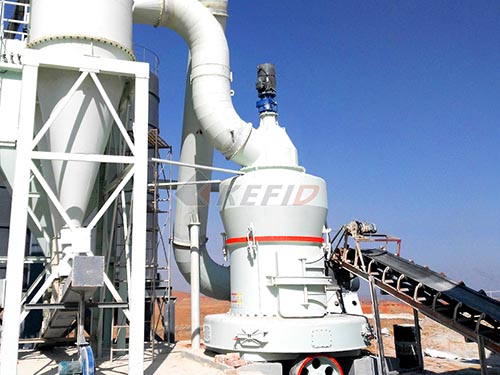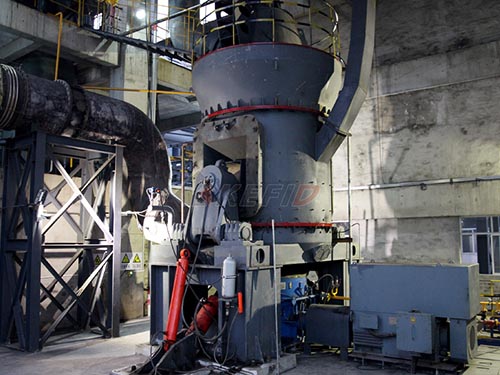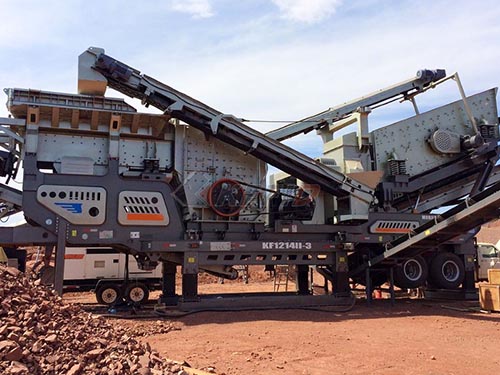Cedar Rapids 3646 Dual Rotor Impact Crusher: Powering High-Production Aggregate Processing
In the demanding world of aggregate production, quarrying, and recycling, achieving consistent, high-volume output of quality-sized material is paramount. Equipment reliability and efficiency directly impact the bottom line. For operations requiring robust throughput capabilities and versatility in processing diverse feed materials, the Cedar Rapids 3646 Dual Rotor Impact Crusher stands as a proven workhorse.
Engineered for Heavy-Duty Performance
The “3646” designation signifies its core specifications: a substantial 36-inch (914 mm) wide by 46-inch (1168 mm) tall feed opening. This generous inlet readily accommodates large feed sizes common in primary or secondary crushing applications. The defining feature, however, is its dual-rotor system.
Dual Rotor Advantage: Unlike single-rotor impactors, the 3646 utilizes two massive rotors turning in the same direction. Each rotor is equipped with multiple rows of heavy-duty blow bars (hammers). This configuration effectively doubles the impact surface area within the crushing chamber.
Enhanced Impact Events: Material entering the crusher encounters impacts from both rotors sequentially. The first rotor initiates fragmentation, propelling material against aprons or onto the second rotor. The second rotor delivers further impacts, significantly increasing the number of high-energy collisions per ton of material processed.
High Reduction Ratios & Cubical Product: This multi-stage impact action within a single machine results in exceptional size reduction capabilities – often achieving higher reduction ratios than comparable single-rotor models. Furthermore, the intense inter-particle collisions fostered by this design promote a more cubical final product shape, highly desirable for asphalt and concrete applications.
Features Driving Productivity
1. Massive Throughput Capacity: The combination of the large feed opening and powerful dual-rotor action enables the Cedar Rapids 3646 to handle significant tonnages efficiently, making it ideal for large-scale aggregate plants and demanding recycling operations.
2. Superior Versatility: It excels across various applications:
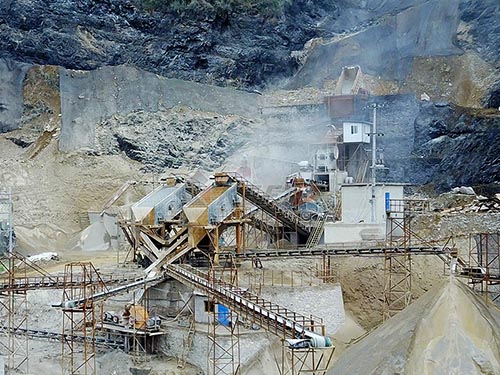
Primary Crushing: Capable of handling run-of-quarry shot rock effectively.
Secondary Crushing: Producing well-graded aggregates from primary crushed feed.
Recycling: Efficiently processing concrete rubble, asphalt millings, and demolition debris.

3. Robust Construction: Built to endure harsh operating conditions with heavy-duty frames, large diameter shafts supported by spherical



